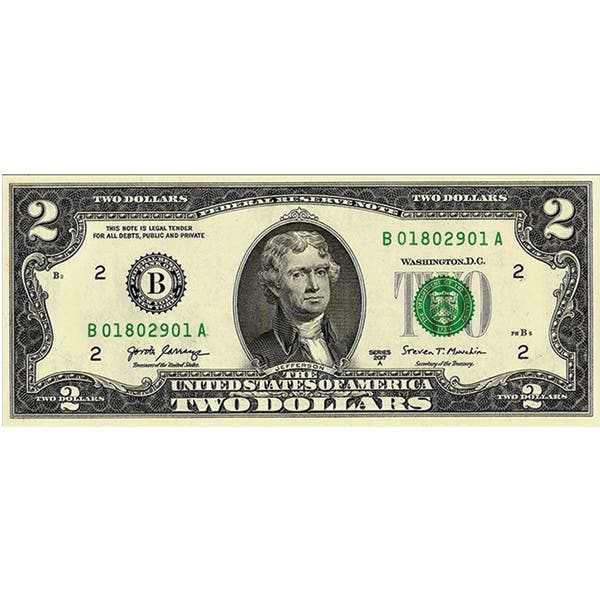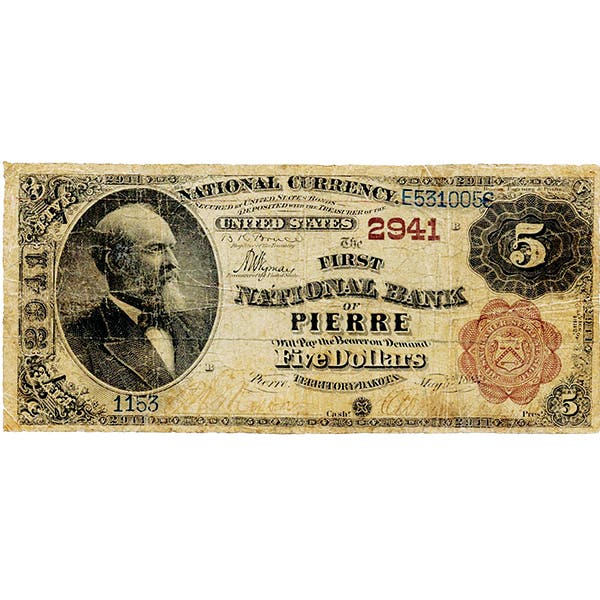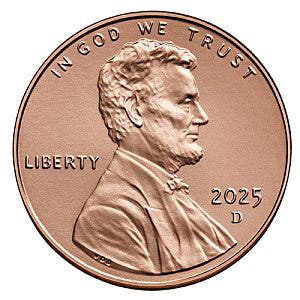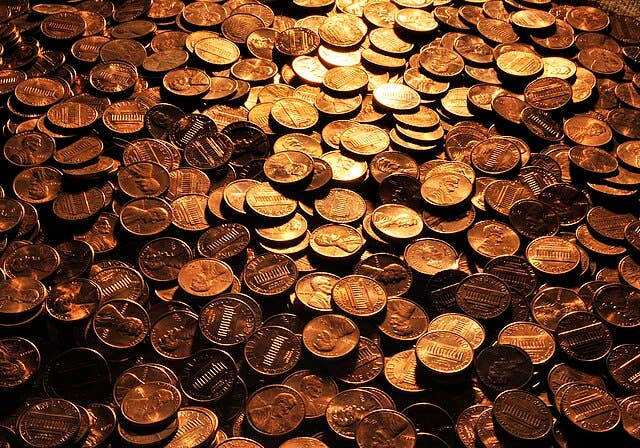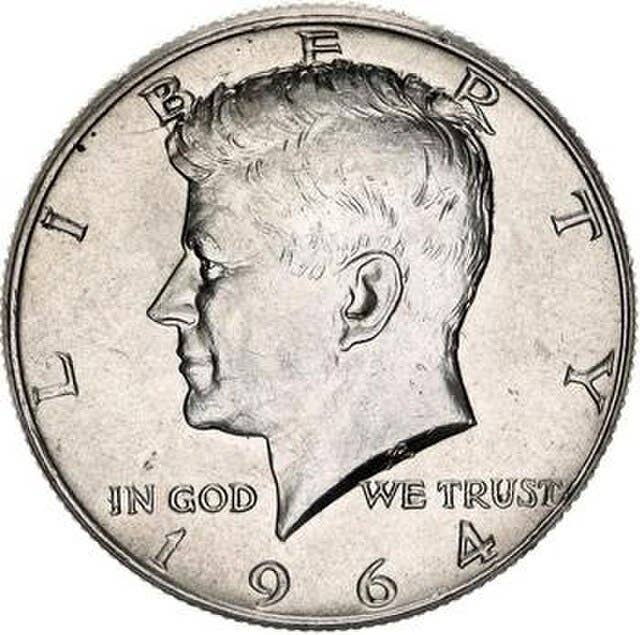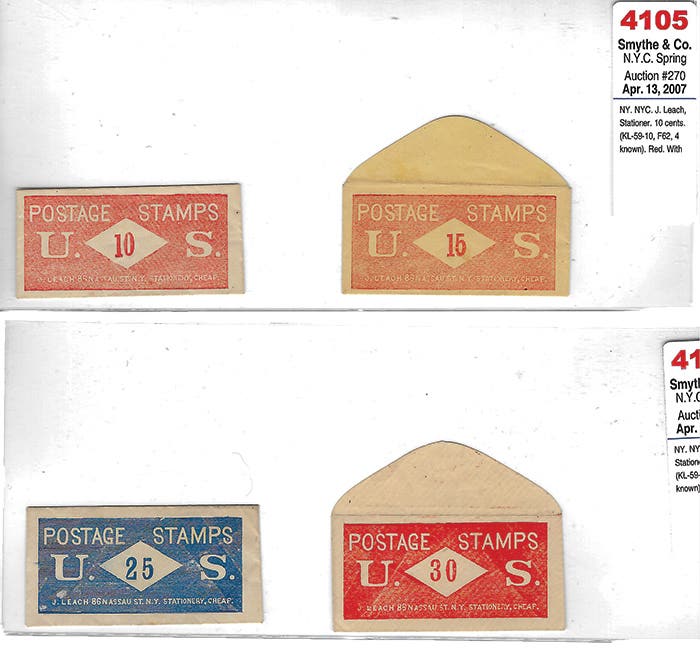When “Stick Figures” and “Women on Bulls” Ruin the Joy of Collecting
Fueled by sensationalist reports, the coin trade across Europe has been inundated with questions about supposed minting errors and rarities.
“Is this coin from my change worth something?” This is a question coin dealers in Germany and other euro countries hear daily—sometimes even hourly. The coin trade across Europe has been inundated with inquiries about supposed minting errors and rarities, fueled by sensationalist reports like “2 Euro Coin Could Be Worth Up to 150,000 Euros” and similar offers on online platforms.
But in most cases, the dealers respond: No, the coin has no special collector's value. Even when individual coins have been listed online for staggering amounts, actual sales never occur. The frustration is immense on both sides—often, the disappointment is directed at the bearer of bad news, the reputable dealer, who is only trying to provide knowledgeable and fair advice.
The German Coin Dealers' Association Takes Action
The German Coin Dealers' Association (Berufsverband des Deutschen Münzenfachhandels e.V.) is therefore taking action with a media campaign to better educate the public about rare coins from change. The association’s office and board regularly answer media inquiries, but numerous myths and misconceptions about minting errors and rarities persist. The association now provides its members with a leaflet available in German, English, Turkish, and Arabic, containing compact information on the most common misconceptions about minting errors.
“Woman on the Bull”
One of the most common coins mistakenly thought to be a treasure is the “Woman on the Bull.” The motif may seem mysterious at first glance. Still, the explanation is simple: it depicts the myth of Europa being abducted by Zeus, which has been minted in large quantities on Greek circulating coins since 2002. The first year alone had a mintage of about 75 million pieces. The treasure hunt is further fueled by a detail in the case of the 2-euro coin from Greece, specifically a letter in the star, representing coins minted in Finland under Greek commission in the first euro year—another variant with a mintage of 64 million pieces, making it far from rare.
The “Stick Figure”
Another supposed jackpot is the “Stick Figure.” This design might stir the imaginations of treasure hunters, as it hints at an ancient coin. This motif was used by euro countries in 2009 to celebrate the tenth anniversary of the Economic and Monetary Union, highlighting the long tradition of European monetary history. However, to untrained eyes, the commemorative design might be mistaken for an ancient find. With a total mintage of around 82 million pieces, the “Stick Figure” is quite common in change—thus, not rare.
Genuine Interest in Coins from Change
From the perspective of the German Coin Dealers' Association, the interest in coins from change is fundamentally positive. The introduction of the euro indeed created a cross-border collecting area with a low entry threshold, as since 2002, circulating and commemorative coins from other countries have appeared in change, sparking interest in collecting.
Minting Errors: A Burden for Coin Dealers
“Constant inquiries about minting errors or rarities have become a burden for coin dealers in Germany,” emphasizes Michael Becker, the chairman of the German Coin Dealers' Association. Dealers strive to provide factual information patiently but are increasingly met with hostile reactions when a supposed treasure worth five or six figures turns out to be just an ordinary Dealers would rather help their customers find missing pieces to expand their collections and provide advice on various collecting areas, including popular euro coins and classics like coins from the German Empire or Roman coins. Interested individuals can find a local specialist dealer and their areas of expertise on the association's website.
Genuine Minting Errors: An Interesting Side Aspect of Numismatics
According to the German Coin Dealers' Association, minting errors are a small and exotic aspect of numismatics. Genuine minting errors provide collectors with fascinating insights into the coin minting process, and recognized variants can also be aesthetically appealing. Some dealers and experts in Germany specialize in minting errors, and only a few types achieve notable collector value:
Rotating Stars: One of the most fascinating minting errors is the "rotating stars" on German Euro coins. In this error, the stars on the coin’s reverse seem to have left their fixed positions and appear to dance around the coin. This error occurred during the initial minting of euro-circulating coins in Germany when the stars were accidentally arranged radially from the coin’s center. Although the error was detected after the minting machines started, some of the rare coins entered circulation. Today, they are highly sought after by collectors and can fetch between 300 and 400 euros.
Fried Egg: The "fried egg" is a spectacular error where the inner part of the 2-euro coin is deformed to the point that it protrudes asymmetrically into the outer ring. This occurs when the two metal blanks that form the coin are not properly aligned. This error is particularly common in German coins, as the ring and pill are assembled during the minting process. This rare error is highly popular among collectors and can sell for three-digit euro amounts.
Monometal Coins: Monometal errors in 2-euro coins are extremely rare. They occur when the coin is made from a single metal instead of the intended bimetal. These errors are highly attractive and can sell for between 500 and 1,000 euros. Because of their unusual appearance, these coins stand out and are highly prized by collectors.
Old Reverse: The 2-euro coin "Hamburger Michel" from Germany, issued in 2008 in the "Federal States" series, features an interesting error. About 600,000 of these coins were mistakenly minted with the old reverse side, even though the new reverse side with an updated map of Europe should have been used. These coins are highly sought after by collectors and can be worth around 50 euros or more, depending on their condition.
Caution Advised with Minting Errors
The German Coin Dealers' Association advises caution when dealing with minting errors: "Market prices in the five or six-figure range for minting errors are completely unrealistic," warns managing director Stefan Lutter. There are only a few enthusiasts willing to spend money on minting errors. New collectors should enjoy the variety of designs in their change without the dream of quick riches. The surprising find in a wallet can be the first step into a hobby that still connects millions of people in Germany and worldwide, offering many themes, designs, and special features beyond euro coins.
You may also like:




